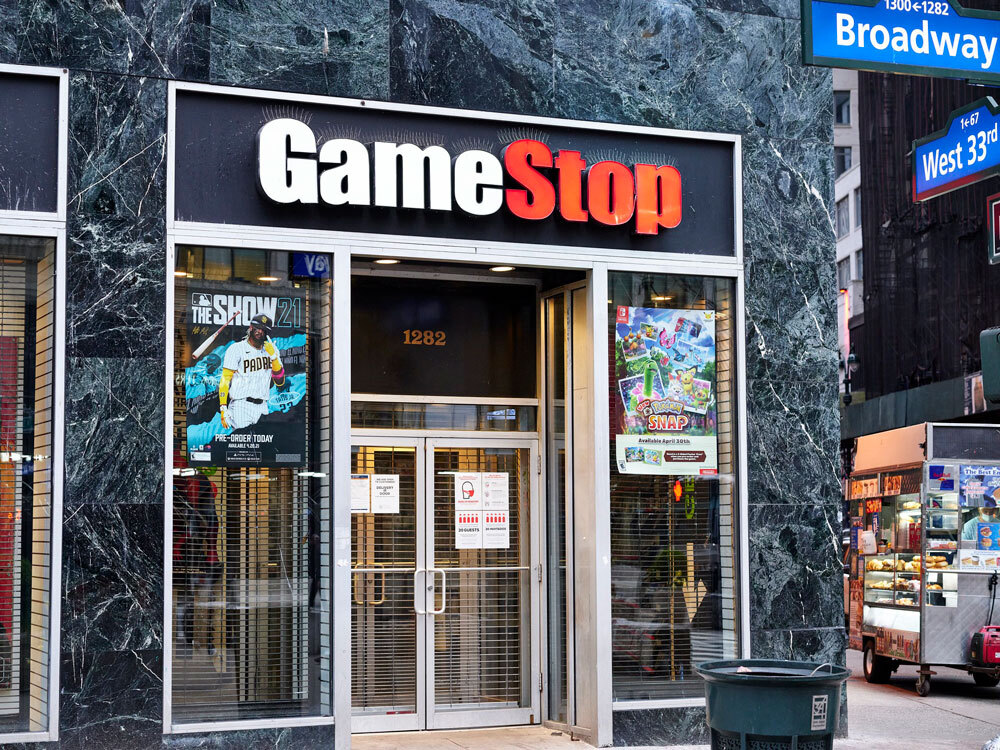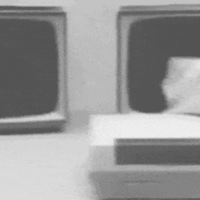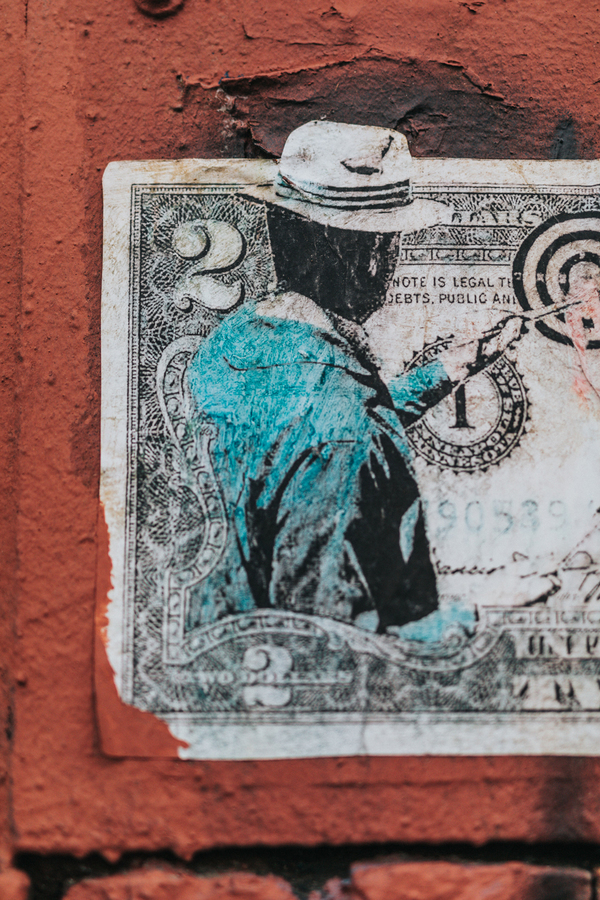
Notice the spikes on top of the GameStop logo in this image? I do. (Focal Project JP/Flickr)
Do I think GameStop has sullied its brand by deciding to run an NFT marketplace? No. I think they sullied their brand the day they purchased Funcoland and killed it off more than 20 years ago, and it’s been downhill ever since.
But I will say that GameStop’s recent foray into non-fungible tokens probably isn’t helping matters—though not because of the NFT marketplace itself. Over the weekend, there was a bit of controversy around this store, for which GameStop curates all new entrants within, because of an NFT that appeared to be a homage to one of the darkest images ever produced—The Falling Man, a picture of a man falling to his death from the North Tower of the World Trade Center on September, 11, 2001.
GameStop, for its part, took the image down soon after people started publicly complaining about it. I was one of the people who complained, and I noticed something very interesting as a result of all this—very aggressive troll brigades attempting to defend this image. First, it was defended as free expression, despite the fact that this is a curated space in which GameStop is approving the creators on its platform, and then—once GameStop removed it, as GameStop has the right to do under Section 230—it was defended as evidence that GameStop was somehow being targeted by a media campaign designed to harm the brand-new NFT service before it got off the ground. The whataboutism was strong here.
So to put it another way, people with a financial stake in this service being successful (because they bought NFTs through said service) are jumping down the throats of any critics of this service, even in cases when the artwork is offensive, and the criticism is genuinely warranted.
https://twitter.com/GameStopNFT/status/1546885983169261568
Far be it from me to say that those protesting and defending the GameStop brand for running an NFT service—which I should note is far afield for a company called GameStop—may actually be doing more damage to the GameStop brand than anything this image may have done on its own. Implying a conspiracy to ruin a certain service, then attacking anyone with even a modest amount of criticism of said service, is what we in the commentary business call a “self-fulfilling prophecy.”
Yes, there is a conspiracy to ruin this service, but hilariously, the conspiracy is friendly fire, as the first exposure a lot of people are getting to the concept of GameStop selling NFTs are threads full of random people attacking them. There are reasons some people aren’t into NFTs, but those reasons aren’t helped along by threads where it seems like users are already in a deeply defensive mode.
There’s a phrase that sounds like a saying that I just made up on the spot that goes, “You’re only a good as your fandom.” And it sounds like it fits here. GameStop as an NFT provider has only been around for something like two weeks. And its fandom already feels dangerously toxic.
I don’t even know if GameStop can do so, but it needs to rein in its fans, or the fears that their NFT service is going to be a flash-in-the-pan that seem to be driving the aggressive social media approach are going to prove self-fulfilling.
Time limit given ⏲: 30 minutes
Time left on clock ⏲: 10 minutes, 20 seconds



